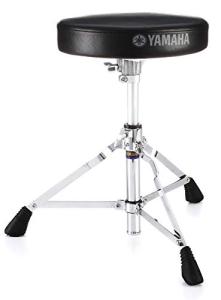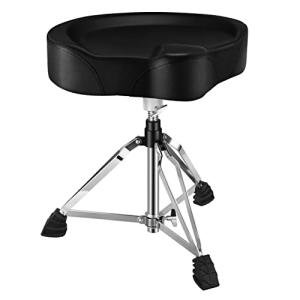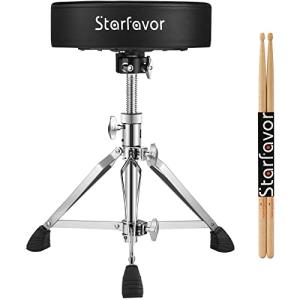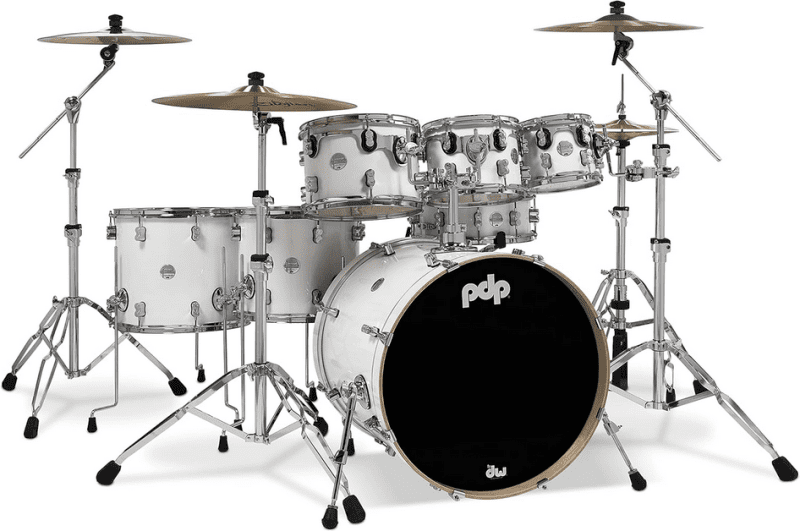In the early 1900s, the music scene in America was beginning to flourish, and it was during this vibrant time that The Ludwig Drum Company first emerged. Founded in 1909 by two brothers, William and Theobald Ludwig, the company started as a small venture in Chicago, Illinois. Their passion for creating high-quality drums quickly became evident as they focused on craftsmanship and attention to detail, setting the foundation for what would become a legendary brand in the world of percussion.
Initially, The Ludwig Drum Company catered mostly to local musicians, providing them with custom drum sets that met their unique needs. By utilizing innovative designs and materials, the Ludwigs stood out among their competitors. One of their game-changing inventions was the introduction of the tension rod, which allowed for finer tuning of the drum sound. This innovation helped them gain a reputation as a reliable drum manufacturer in a market that was rapidly evolving.
As the years passed, The Ludwig Drum Company continued to grow, and their products gained traction beyond Chicago. Their first significant break came in the 1920s when they became the preferred drum supplier for jazz bands, who were in search of instruments that produced rich, resonant sounds. This pivotal moment marked the start of their prominence in the drumming community and solidified their place in what would later be recognized as The History of The Ludwig Drum Company.
During this period, The Ludwig Drum Company also embraced the emerging trends in music, collaborating with notable musicians and expanding their product offerings. They introduced various models that catered to the needs of both amateur and professional drummers. This dedication to innovation and quality not only attracted musicians but also established a loyal customer base, ensuring that the Ludwigs would play a significant role in shaping the future of drum manufacturing.

Innovations That Changed Drum Making
Throughout the years, drum making has seen numerous innovations that have significantly changed the sound and quality of drums. One standout is the introduction of the laminated shell. Before this, drums were usually crafted from solid pieces of wood, which could vary in tone and quality. Laminated shells allowed for more uniformity and consistency in sound, making them a favorite among many professional drummers. This innovation is crucial when exploring The History of The Ludwig Drum Company, as Ludwig was among the pioneers to embrace this method in their drum designs.
Another groundbreaking development was the use of synthetic drumheads. Traditionally, drumheads were made from animal skin, which could be affected by humidity and temperature changes. The introduction of mylar drumheads transformed drum making by providing a more stable and durable alternative that could withstand various environmental conditions. This innovation significantly broadened the appeal of drums to musicians around the world, including those who sought quality and reliability in their instruments, a hallmark of The History of The Ludwig Drum Company.
In addition to advancements in materials, updates in drum hardware have also revolutionized the industry. The incorporation of modern ratchets and tension rods made it easier for drummers to tune their kits accurately, ensuring that they could achieve the perfect sound for any performance. This attention to detail and commitment to innovation is evident in The History of The Ludwig Drum Company, where each progression reflects a deep understanding of drumming needs.
Furthermore, electronic drums have begun to change the landscape of percussion altogether. While traditional acoustic drums still hold a revered place in music, electronic components have allowed drum makers to experiment with sound in previously unfathomable ways. This evolution further highlights how The History of The Ludwig Drum Company has embraced change while maintaining its roots in craftsmanship and quality manufacturing.
Iconic Drummers and Their Ludwig Kits
When exploring The History of The Ludwig Drum Company, it's impossible to overlook the many iconic drummers who have made their mark using Ludwig kits. These drummers not only shaped the sound of their respective genres but also became synonymous with the Ludwig brand. Many have chosen Ludwig as their instrument of choice, contributing to its rich legacy.
A prime example is Ringo Starr, the legendary drummer of The Beatles. His use of a Ludwig kit during the band's explosive rise in the 1960s helped solidify the brand's presence in popular music. The distinctive sound of his drums on timeless tracks like "Come Together" makes it clear why Ringo’s association with Ludwig is so celebrated. His signature Star and Clubs kits stand as testaments to both his style and Ludwig's craftsmanship.
Another notable figure is John Bonham of Led Zeppelin, whose powerful drumming on songs like "Kashmir" showcased the dynamic range of Ludwig drums. Bonham's famous "Big Bonham" set, complete with signature bass drum and toms, became iconic in rock history. His larger-than-life beats helped define the sound of an era and reinforced The History of The Ludwig Drum Company as a staple in rock music.
Lastly, we can’t forget about Buddy Rich, a jazz drummer renowned for his exceptional technique and speed. His choice of Ludwig drums was instrumental in his explosive performances and recordings, cementing his legacy. With each rim shot and fill, Rich demonstrated the versatility and richness of Ludwig kits in the world of jazz, further enhancing The History of The Ludwig Drum Company.
The Impact of Ludwig on Music History
As rock and roll emerged in the mid-20th century, Ludwig drums became synonymous with the genre. The company gained fame when Ringo Starr of The Beatles chose a Ludwig drum set for his iconic performances. This partnership catapulted the brand into the spotlight and solidified its status as the choice of serious drummers. The History of The Ludwig Drum Company reveals how this moment marked a turning point, not just for the brand, but for the entire music industry, inspiring countless young musicians to pursue drumming.
Moreover, Ludwig's commitment to quality and innovation led to the creation of legendary drum models, like the Supraphonic snare. These instruments have been used by countless artists in various genres, from jazz to rock to hip-hop. The company has continuously evolved, adapting to the needs of the modern drummer while still honoring its rich legacy. The History of The Ludwig Drum Company showcases how their drums are more than just instruments; they are a vital part of music history that has shaped sounds and styles across the decades.
Today, Ludwig remains a cornerstone of the drumming community. Their influence is evident in the music we listen to, the artists we admire, and the drumlines we see in concert. The History of The Ludwig Drum Company has left an indelible mark on music survival, inspiring future generations of musicians and ensuring that the beat goes on.
DISCLAIMER
This document is provided for general information purposes only and should not be relied upon as providing legal advice, technical, or specific operational guidance to the reader, whether as to the practices described in the document or the applicable legal requirements and regulations. Percussion Pros expressly disclaims any responsibility for liability arising from or related to the use or misuse of any information in this document.








